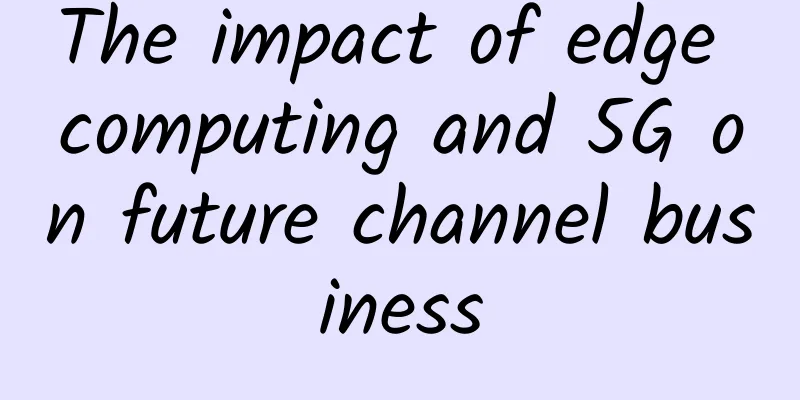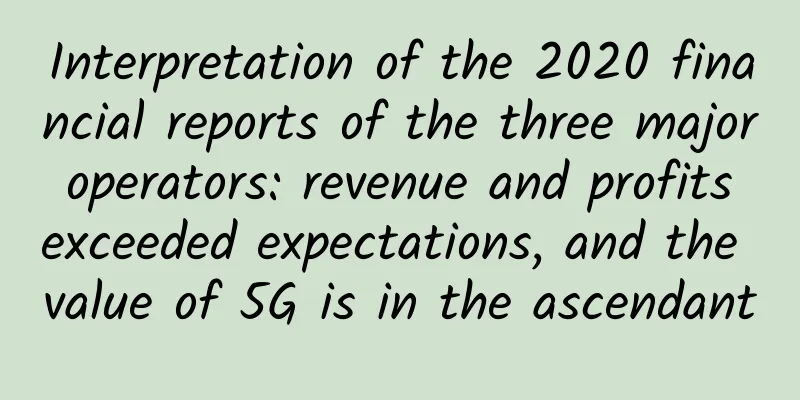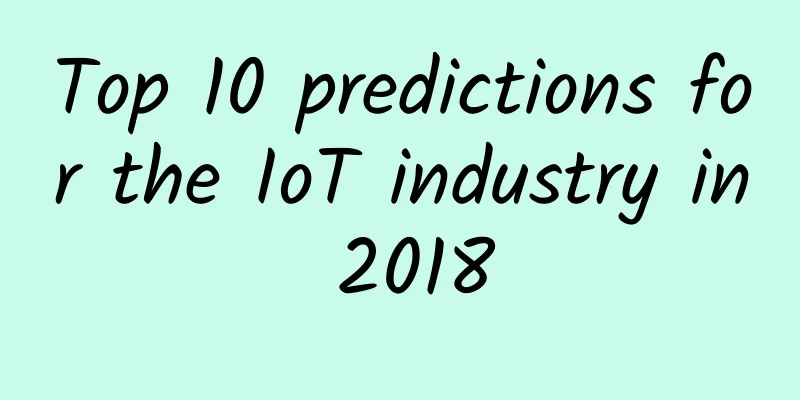The impact of edge computing and 5G on future channel business

|
Last year, the COVID-19 pandemic has made us even more dependent on digital platforms for connectivity and has driven the evolution of the technology that is absolutely required in our lives. For some, this has been a powerful revelation, but for channel businesses, it has been an opportunity to transform as we move towards a digital future. This year, the continued evolution of these digital technologies has placed a particular emphasis on edge computing. Edge continues to serve as the thread that threads the seams of today’s high-tech lives and strengthens the fabric of 5G-enabled futures.
Better, faster connectivity is more important than ever as we continue to make our homes the smart hubs for our daily needs, whether it’s smart TVs, personal assistants, or security. Understanding this trend and helping customers fully capitalize on the opportunity will be key for channel partners, and when it comes to IoT and edge computing, ecosystem is everything. From robot vacuums to smart lights built for elder care and poop-analyzing toilets that provide personalized health recommendations, this year’s CES event put the smart home in the spotlight as much as the devices we’re talking about. Staying on top of this trend means staying on top of the human needs at the heart of the smart home. Looking ahead to the future converged world, IoT innovation is essential as our comfortable homes, transportation hubs, and cities continue to evolve to protect our health in the post-epidemic era. The focus of driving smart city initiatives is edge computing solutions. Whether it is to enhance building security, home automation, or city asset management, the need for real-time, low-latency processing is urgent. With the exponential growth of data and network traffic, the value of the edge computing market is being driven. According to MarketsandMarkets, by 2025, this figure will increase by 34%, from US$3.6 billion in 2020 to US$15.7 billion in 2025. Edge computing is the way to goLooking ahead, it’s easy to get carried away by the dizzying array of hyper-connected smart devices that will light up smart cities. Channel partners know that edge computing is nothing new. Looking back a decade, fax servers were first built to bring old office technology into the digital age, an edge technology. The difference now is the convergence of mature technologies accelerating our pace toward 5G connection speeds. That’s where the excitement starts, and that’s where the channel opportunity begins, communicating the possibilities, proposing the diversity of solutions, and tailoring them to specific ecosystems. Customers need experts who can make their smart home or city project a reality. Helping customers understand the basics of edge computing will be key. Edge computing is closely tied to another component of hybrid cloud, providing enterprises with the opportunity to leverage smaller, more portable containerized services using modular servers. This shortens the distance between the point of processing and the point of use of functions within the network. It meets the needs of time-critical data processing, whether it is detecting an intruder at home or alerting the whereabouts of family members in an emergency, to provide real-time, reliable services, because even a one-second delay in some cases can cause great losses. Another highlight of edge computing is lower latency, which can process heavier workloads faster. For example, workloads that require AI-supported analysis and real-time actions (such as in self-driving cars or home security systems) will benefit from localized processing. At the same time, there is an opportunity to transplant servers, cooling facilities, and physical stores that would have previously been valuable in a data center to a movable micro data center that is closer to the user for time-critical processing, which makes sense both operationally and financially. These benefits are huge and require customers to fully understand in order to truly innovate in a strategic and purposeful way. Ultimately, edge computing opportunities will succeed where they are needed most. Those partners that have built strong, trusted, and deep relationships with their customers will have the best chance of discovering favorable opportunities. As the fourth part of the hybrid cloud, edge computing is the final piece in the cloud computing mix. For more sensitive, less time-critical data, local data centers are still the best choice. Fully managed buildings and colocation facilities in cloud service providers still have a place in the cloud hybrid environment. However, for customers to optimize their digital services and innovate in the smart homes and cities of today and tomorrow, taking full advantage of this combination of opportunities and tailoring them to specific needs will determine success. Edge computing and our 5G futureEdge computing not only provides technology with faster response, more reliable and people-centric applications, but also lays the foundation for 5G connectivity. KPMG, one of the Big Four accounting firms, believes that as we gradually overcome the COVID-19 pandemic, 5G and edge computing technologies will be key to the global economic recovery. As networks mature in Europe, networks with edge computing capabilities will be able to take full advantage of high-speed opportunities. With the integration of edge computing and IoT technologies, 5G will make it possible to process massive amounts of machine-to-machine data. Now is the time to lay the foundation. Industries such as manufacturing, healthcare, and transportation are eagerly awaiting the full development of 5G and its transformative impact. Early gains in productivity and efficiency can be achieved by augmenting the digital backbone of an enterprise with edge computing networks. Cultivating this understanding will drive further adoption of edge computing as many channel customers look to increase post-pandemic resiliency and gain competitive advantage. Moreover, these benefits can benefit not only the entire enterprise, but also the humans they serve immediately, whether through virtual reality, ultra-efficient smart homes, robotic surgery and driverless cars. Building the future means working with an ecosystem of channel partners with the insight and expertise to succeed when we get it right. |
Recommend
Mobile phones go to the left, the Internet of Things goes to the right, where is the future of eSIM?
The much-anticipated eSIM has made new progress! ...
CAN bus: operating principle, advantages and disadvantages
The CAN bus was originally designed by Bosch in t...
Talk about the communication protocol I2C subsystem Hs Mode
1. I2C Hs-mode Why is HS mode explained separatel...
Good news: Market forecasts 5G smartphone shipments to increase, but prices to continue to fall
Market research firm IDC expects the global smart...
5G: Smart cities’ potential to transform public services
While drawing parallels between 5G and national s...
10 Ways to Use AI for Web Design
【51CTO.com Quick Translation】 Web design is const...
Understand in one article how the intranet and extranet communicate?
For network developers, we often use TCP and UDP ...
IDC: Core network infrastructure market growth is slow but stable
According to IDC's Global Ethernet Switch and...
The results of 5G centralized procurement have been released one after another. How to divide the “cake”?
As all parties continue to increase their investm...
5G commercialization is accelerating. What does this mean for drones?
Since the beginning of this year, my country'...
Sketch of China's Government Cloud Industry in 2017
[[188315]] [51CTO.com original article] In the ne...
The Ultimate Guide to Ethernet Switch Ports: Identifying and Choosing the Right Port
Ethernet switch port types 1. Ethernet switch por...
The RF Device Revolution in the 5G Era
1 RF devices are the core foundation of wireless ...
5G has entered its ramp-up phase, and this key factor determines its success or failure...
[[414891]] This article is reprinted from the WeC...
E-commerce past | Farewell to public domain traffic
[[420018]] It is not difficult to see that 2020 i...









